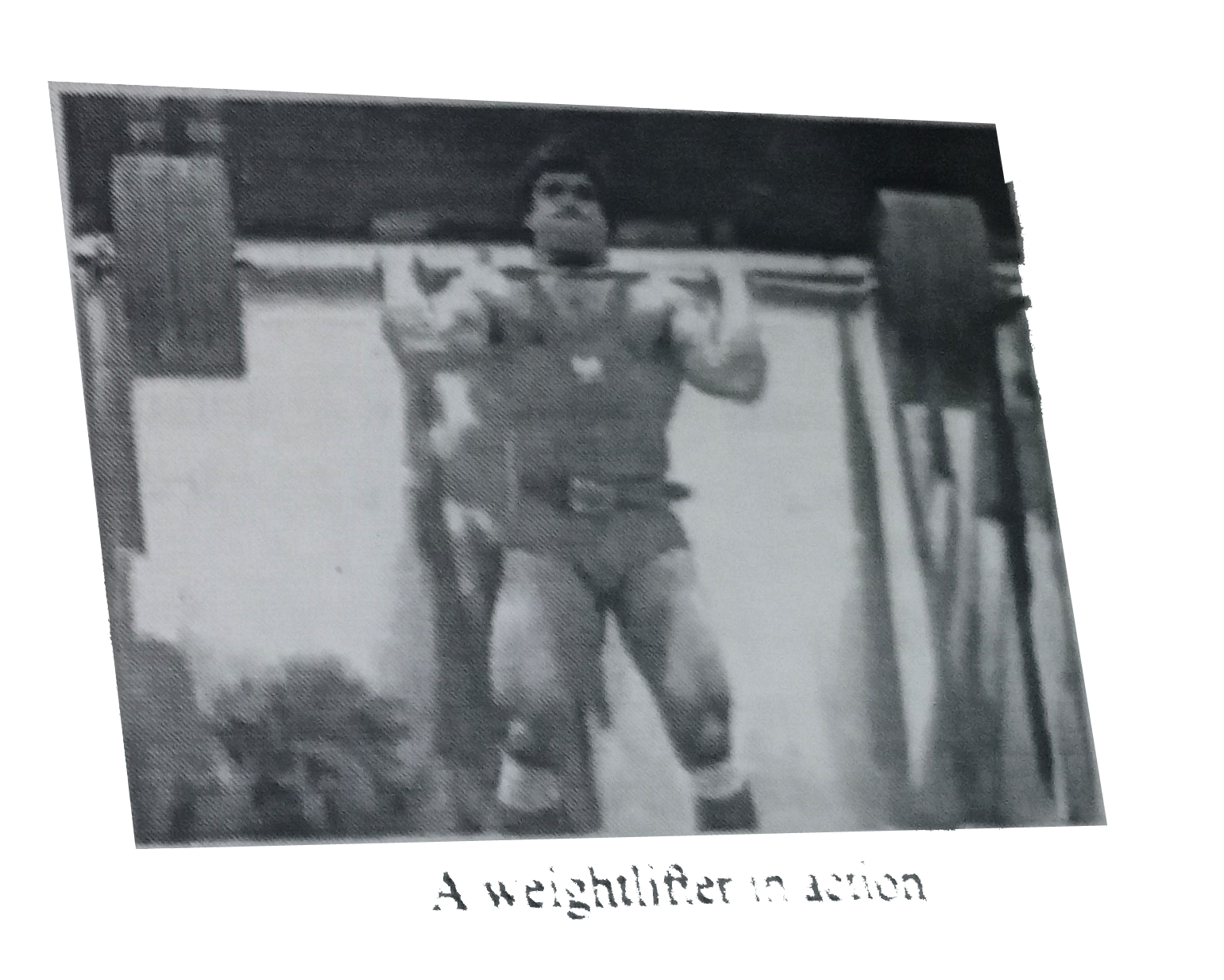A person trying to lose weight by burning fat lifts a mass of 10 kg upto a height of 1 m 1000 times. Assume that the potential energy lost each time he lowers the mass is dissipated. How much fat will he use up considering the work done only when the weight is lifted up? Fat supplies 3.8x107J of energy per kg which is converted to mechanical energy with a 20% efficiency rate. Take g=9.8ms–2 :
6.45×10−3kg
9.89×10−3kg
12.89×10−3kg
2.45×10−3kg
The correct Answer is:C
Step by step video, text & image solution for A person trying to lose weight by burning fat lifts a mass of 10 kg upto a height of 1 m 1000 times. Assume that the potential energy lost each time he lowers the mass is dissipated. How much fat will he use up considering the work done only when the weight is lifted up? Fat supplies 3.8 x 10^(7) J of energy per kg which is converted to mechanical energy with a 20% efficiency rate. Take g=9.8 ms^(–2) : by Physics experts to help you in doubts & scoring excellent marks in Class 12 exams.
Updated on:21/07/2023Topper's Solved these Questions
Similar Questions
A person trying to lose weight (dieter ) lifts a 10 kg mass through 0.5m, 1000 times, A ssume that the potential energy lost each time she lowers the mass is dissipated (a) How much work does she does against the gravitational force ? (b) Fat supplies 3.8×107J of energy per kilogram which is converted to mechanical energy with a 20% efficiency rate. How much fat will the dieter use up ?
View SolutionThe work done by a person in carrying a box of mass 10 kg through a vertical height of 10 m is 4900 J. The mass of the person is -
View Solution
Knowledge Check
A person trying to lose weight by burning fat filts a mass of 10kg upto a being of 1m1000 time . Assume that the potential energy lost each time be lower the mass is dissipated . How much far will be use up considering the work done only when the weight is lifted up ? Far supplies 3.8×107J of energy per kg wich is canverted to mechanical energy with x20% efficiency rate Take =9.8ms−2
A9.89×10−3kgB12.89×10−3kgC2.45×10−3kgD6.45×10−3kgThe work done in lifting a mass of 1 kg to a height of 9.8 m is
A1 JB(9.8)2 JC9.8 JDnone of theseThe power (P) of an engine lifting a mass of 100 kg upto a height of 10 m in 1 min is
AP=163.3 WBP=9800 WCP=10000 WDP=5000 W
A weightlifter is lifting weights of mass 200 kg up to a height of 2 metres. If g=9.8ms−2, calculate : (a) potential energy acquired by the weights.
(b) work done by the weightlifter.

View SolutionCalculate the power of a crane in watts, which lifts a mass of 100kg to a height of 10m in 20s.
View SolutionThe work done in lifting 1 kg mass to a height of 9.8 m is about
View SolutionThe weight of a body of mass 3 kg at a height of 12.8×106 m from the surface of the Earth is ______.
View SolutionAn engine develops 20 kW of power. How much tie will it take to lift a mass of 400 kg to a height lf m? (g=10ms−2)
View Solution

